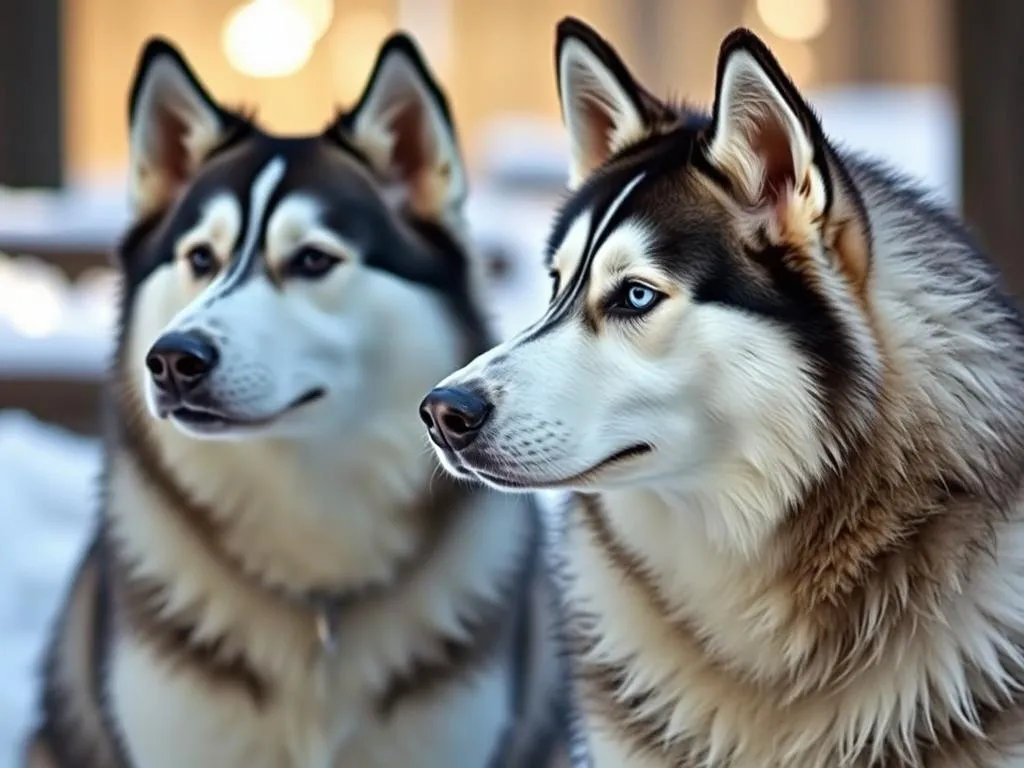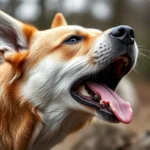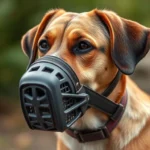
Siberian Huskies are renowned for their striking appearance, high energy levels, and friendly demeanor. However, one aspect of this breed that often raises questions among potential owners is shedding. Understanding how much Huskies shed is crucial for both current and future dog owners, as it impacts home maintenance, grooming routines, and overall pet care. Let’s dive into the shedding patterns of Huskies, how to manage it, and what you can do to keep your home fur-free.
Understanding Shedding in Huskies
What is Shedding?
Shedding is a natural process through which dogs lose old or damaged fur to make way for new growth. This biological mechanism helps regulate a dog’s body temperature and keeps their coat healthy. In Huskies, shedding is particularly pronounced due to their double coat, which consists of an outer layer that protects against weather elements and an inner layer that provides insulation.
Shedding Patterns in Huskies
Huskies are known for their unique shedding patterns. They experience seasonal shedding and can be categorized into several types of shedding:
- Seasonal Shedding: This is when Huskies “blow their coat,” usually occurring in spring and fall. During this time, they will lose a significant amount of fur.
- Regular Shedding: Huskies shed consistently throughout the year but at a lesser rate compared to the heavy shedding periods.
- Factors Influencing Shedding: Various elements can affect shedding frequency and amount, including climate, age, health, and diet.
How Much Do Huskies Shed?
Average Shedding Levels
When comparing how much Huskies shed with other breeds, it’s crucial to note that they are considered high-shedding dogs. Unlike breeds with single coats, Huskies have a dense double coat that can result in noticeable fur around the house.
Seasonal Shedding Cycle
The shedding cycle for Huskies is most intense during two periods:
- Spring Shedding: As temperatures rise, Huskies will lose their winter coat. This process can last several weeks, and you may find tufts of fur everywhere.
- Fall Shedding: As winter approaches, Huskies shed their summer coat to prepare for colder weather. This shedding cycle is similar in duration to the spring cycle.
A typical timeline for Husky shedding might look like this:
- Spring (March to June): Heavy shedding as they blow their winter coats.
- Summer (July to August): Moderate shedding as they adapt to the heat.
- Fall (September to November): Another round of heavy shedding in preparation for winter.
- Winter (December to February): Minimal shedding during the coldest months.
Individual Variability
Not all Huskies shed at the same rate. Individual factors can influence shedding, including:
- Age: Younger Huskies may shed more frequently as they transition from puppy to adult coats.
- Health: Health issues or stress can cause changes in shedding patterns.
- Diet: A balanced diet contributes to a healthier coat, potentially influencing shedding.
- Gender Differences: Female Huskies might shed more during their heat cycles, while male Huskies often have more consistent shedding patterns.
Managing Husky Shedding
Grooming Techniques
Grooming is essential for managing how much Huskies shed. Here are some effective grooming techniques:
- Grooming Tools: Invest in high-quality grooming tools, such as de-shedding brushes and combs designed for double-coated breeds.
- Grooming Frequency: During heavy shedding periods, aim to groom your Husky at least 2-3 times a week. In off-seasons, a weekly grooming session may suffice.
- Best Practices: Brush your Husky outdoors when possible to minimize fur inside your home. Use short, firm strokes to effectively remove loose fur.
Bathing and Skin Care
Bathing can play a vital role in managing shedding:
- Bath Frequency: While Huskies do not require frequent baths, giving them a bath every 2-3 months can help remove loose fur and dirt. Bathing too often can strip essential oils from their coat, leading to skin issues.
- Recommended Products: Use gentle, dog-specific shampoos and conditioners that help maintain skin and coat health. Look for formulas that are designed for double-coated breeds.
Diet and Health Considerations
A proper diet significantly impacts your Husky’s coat health and shedding patterns:
- Nutritional Impact: Ensure your Husky’s diet includes high-quality protein, omega fatty acids, and vitamins that promote a healthy coat. Foods enriched with fish oil can be particularly beneficial.
- Regular Vet Check-ups: Regular visits to the vet can help detect any health issues that may lead to excessive shedding. Skin conditions, allergies, or nutritional deficiencies can all contribute to increased fur loss.
Cleaning Up After Shedding
Home Maintenance Tips
Managing how much Huskies shed also involves keeping your home clean. Here are some tips:
- Best Vacuum Cleaners: Invest in a vacuum cleaner designed for pet hair. Models with strong suction and specialized pet hair attachments can make a significant difference.
- Minimizing Hair Accumulation: Use washable covers for furniture, and consider using lint rollers or pet hair removers for quick clean-ups.
Managing Allergies
If you or someone in your household has allergies, it’s essential to manage pet-related allergens effectively:
- Understanding Pet Allergies: Pet allergies often stem from dander, saliva, and urine rather than fur itself. Regular grooming and cleaning can help reduce exposure.
- Dog-Friendly Home: Create areas in your home that are pet-free zones, especially bedrooms. Using air purifiers can also help capture allergens in the air.
FAQs About Husky Shedding
Do all Huskies shed the same amount?
Not all Huskies shed the same amount. Factors such as age, health, and individual coat conditions can lead to variability in shedding.
Can shedding be reduced?
While shedding cannot be entirely eliminated, it can be managed through regular grooming, a healthy diet, and proper home maintenance.
Is there a specific time of year when Huskies shed more?
Yes, Huskies typically shed more during spring and fall, known as their “blowing coat” periods.
Conclusion
Understanding how much Huskies shed is vital for anyone considering bringing one of these beautiful dogs into their home. With their unique double coat, Huskies do require extra grooming and maintenance, especially during their seasonal shedding periods. By employing effective grooming techniques, maintaining a proper diet, and implementing home cleaning strategies, you can manage shedding and enjoy the companionship of a Husky without overwhelming fur in your living space.
Owning a Husky comes with its challenges, but the joy and love they bring are well worth the effort. Embrace the shedding as a part of the Husky charm, and you’ll find that with the right strategies, it can be managed effectively.









